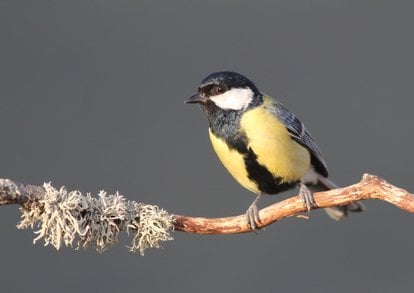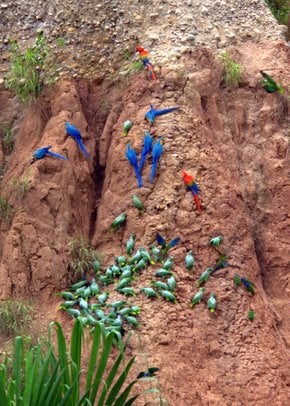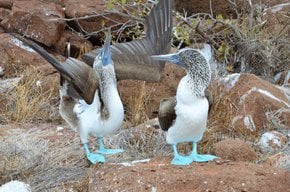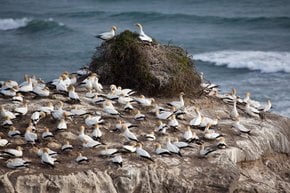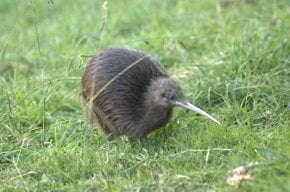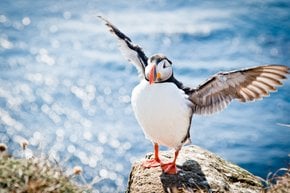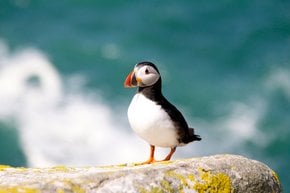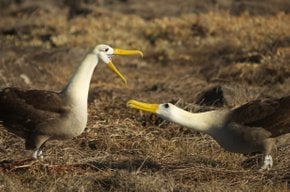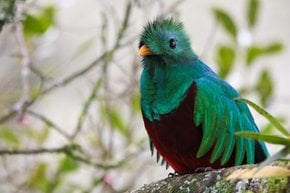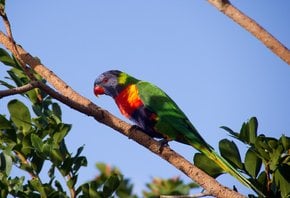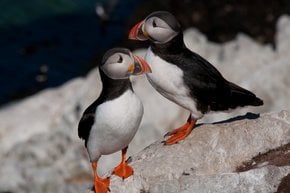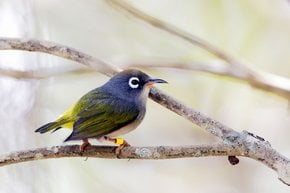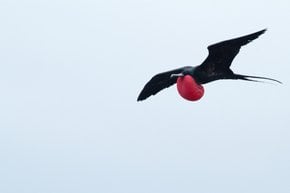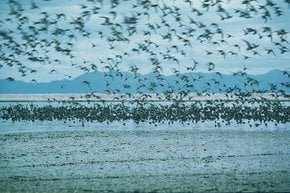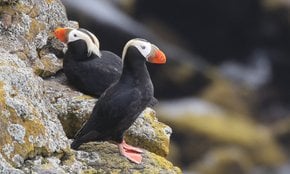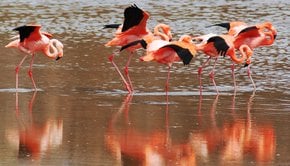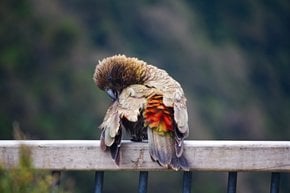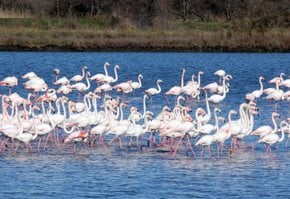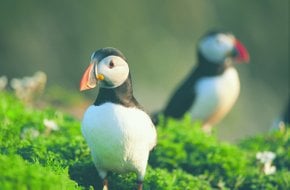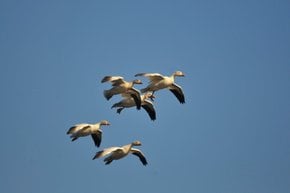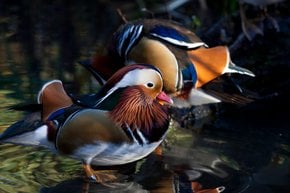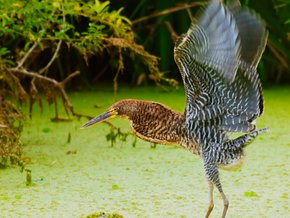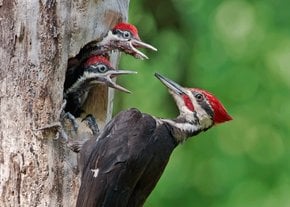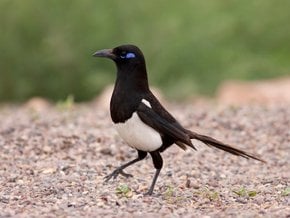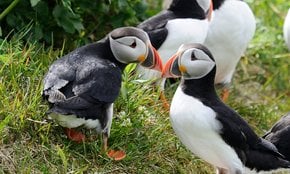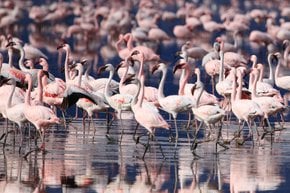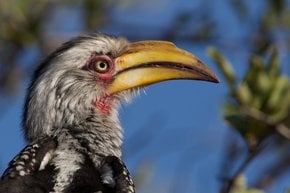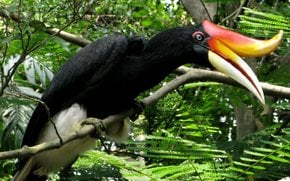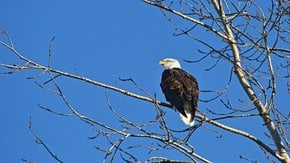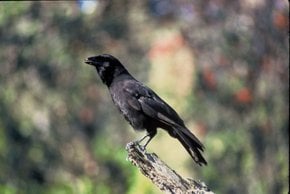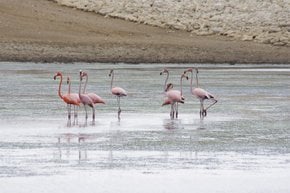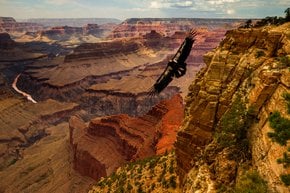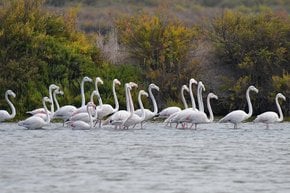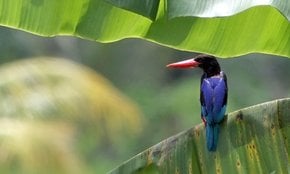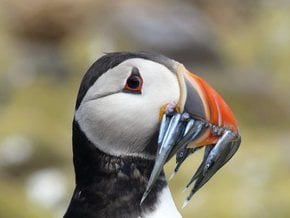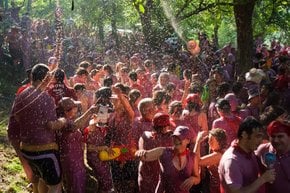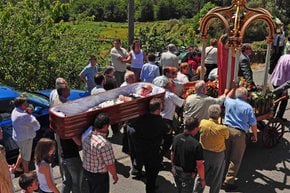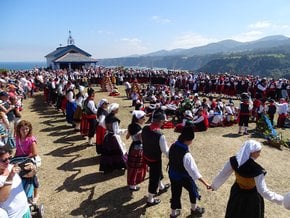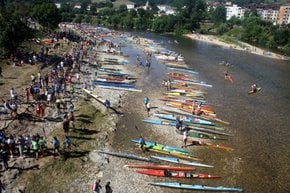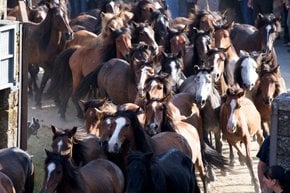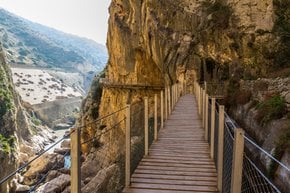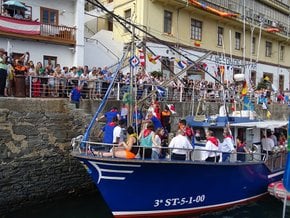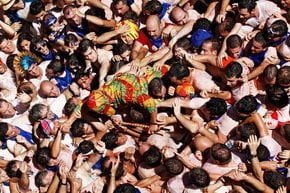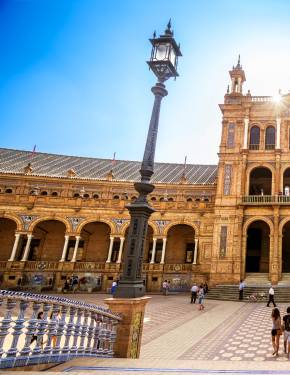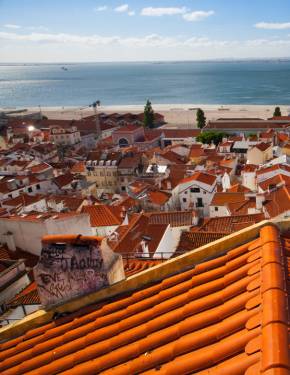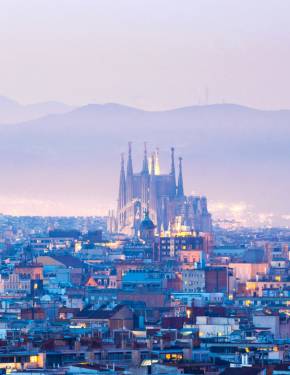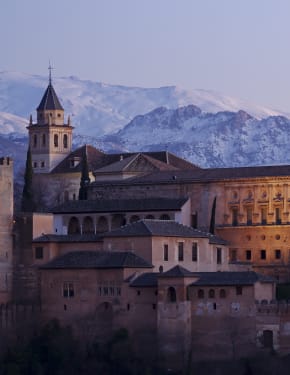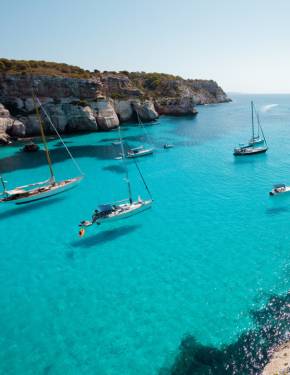Birdwatching in Spain 2025-2026
Spain is a paradise for birds, so if you are a bird lover, don't miss the chance to observe an incredible variety of species
Best time: September–June
Every year, thousands of birds gather in Spain. While you can find them everywhere in the country, some places are especially good for birdwatching.
The smallest of Spain's fifteen national parks—Tablas de Daimiel National Park—is located in the province of Ciudad Real. Covering 3,000 ha, this is one of the most important wetlands in the world, which continues to impress with its animal diversity and incredible landscapes. This is where you can find birds such as the Purple Heron, Northern Pintail, Little Egret and Red-crested Pochard. Waterbirds are truly the protagonists of this park and there are also many flower species to be found in the waters.
The Urdaibai Biosphere Reserve is located in the North on the coast of the Bay of Biscay. The marshlands are critical for bird life, both as a nesting area and as a stopover or wintering site. This is where you can observe birds such as eagles, black storks, and herons in their natural environments.
The entire region of Extremadura is a paradise for birds and is one of the most important birding destinations in Europe. About 75% of the Extremadura region has been included in the Important Bird Areas of Spain. In Monfrague National Park, you can see the Peregrine Falcon and Bonelli’s Eagle. In Llanos de Caceres, you can see the Cattle Egret, Eagle Owl, and Short-toed Eagle. The Los Barruecos natural park is famous for ducks, herons, and the Ornate Hawk Eagle.
Spring is when the migration and breeding season for waterbirds and multicoloured birds is in full force. In Autumn, a large variety of birds will use parks as rest areas or shelter in their migratory journeys. Winter is also good for certain species. In fact, birdwatching in Spain is good all year round. The least favourable months are July and August as it's extremely hot and the birds aren't active. If you still come during summer, go birdwatching early in the morning.

